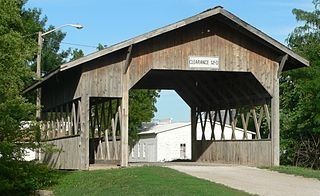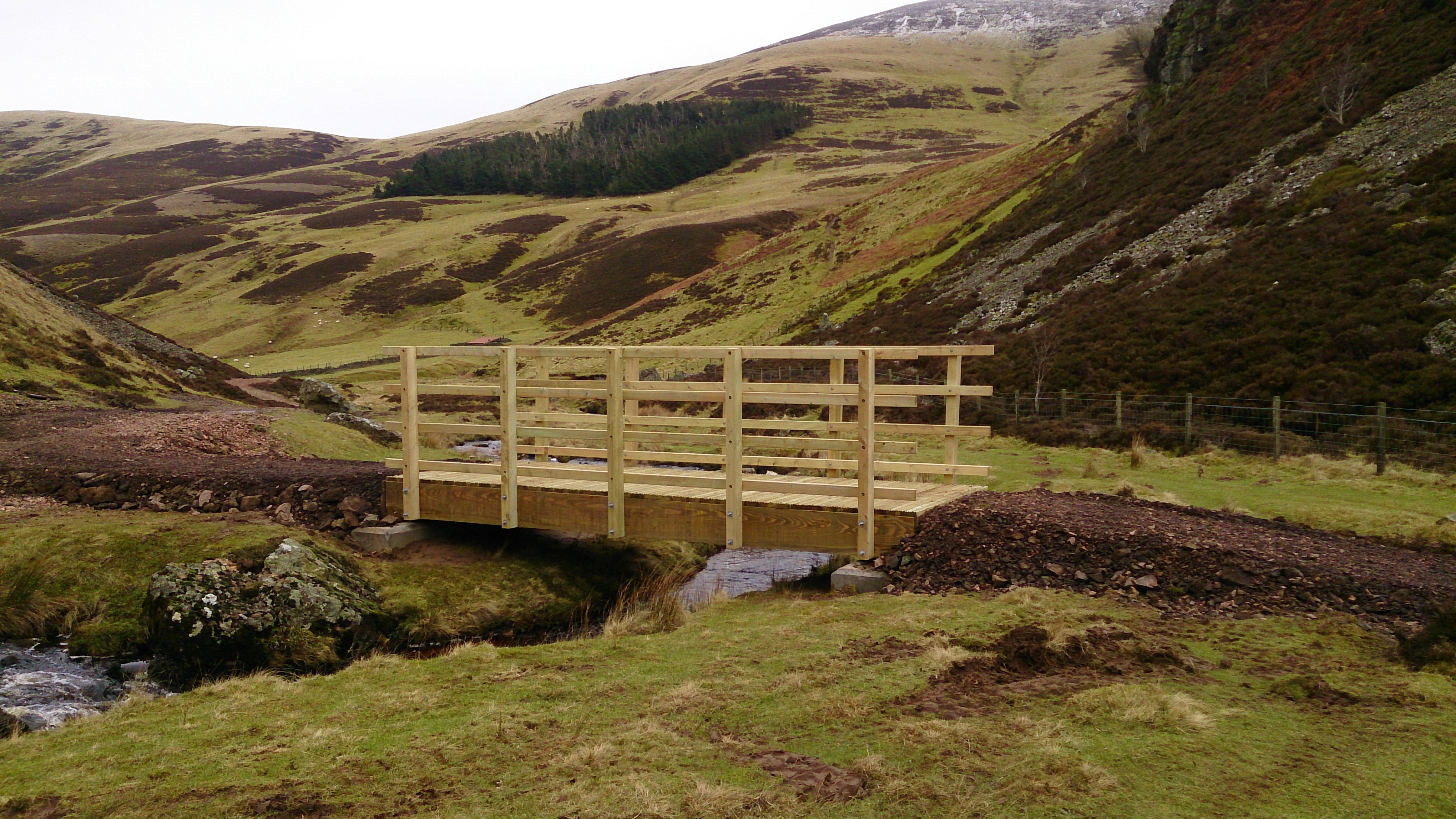Wood has been and is still used for long span bridges in Scandinavia and the US.

They are often covered to provide additional weather protection to the structural timbers.
In the UK we are more conservative and tend to go to steel for the load bearing elements at shorter spans.

The most commonly required bridges are less than 15m for pedestrian and cyclist users.
Wood is the most economical solution up to about 8m span. Once this length is exceeded the size of the sections required and their availability in timber of the quality required are deterrents.

The Bridge Engineers in Local Authorities are usually happy for their non technical brethren to source bridges less than 8m without their participation – if sourced from a known reputable supplier.

The amount of bend when fully loaded (correctly called Deflection) is the crucial factor. AS spans increase the defection required increasingly massive cross sections.
Beams can be laminated in timber. These offered the benefit of being able to camber the longer bridges enhancing their appearance.
These were heavily used in the later years of the last century. They were cheap! Many came to the end of the (short) lives at the same time. They rotted.
They rotted because litter built up at the bearings keeping the timber wet and vulnerable and they rotted because the rain migrated down the deck fixing holes into the heart of the beams and they rotted form the inside out.
Once there was a doubt about what was going on inside the beams cautious Inspectors condemned the bridges in their scores.